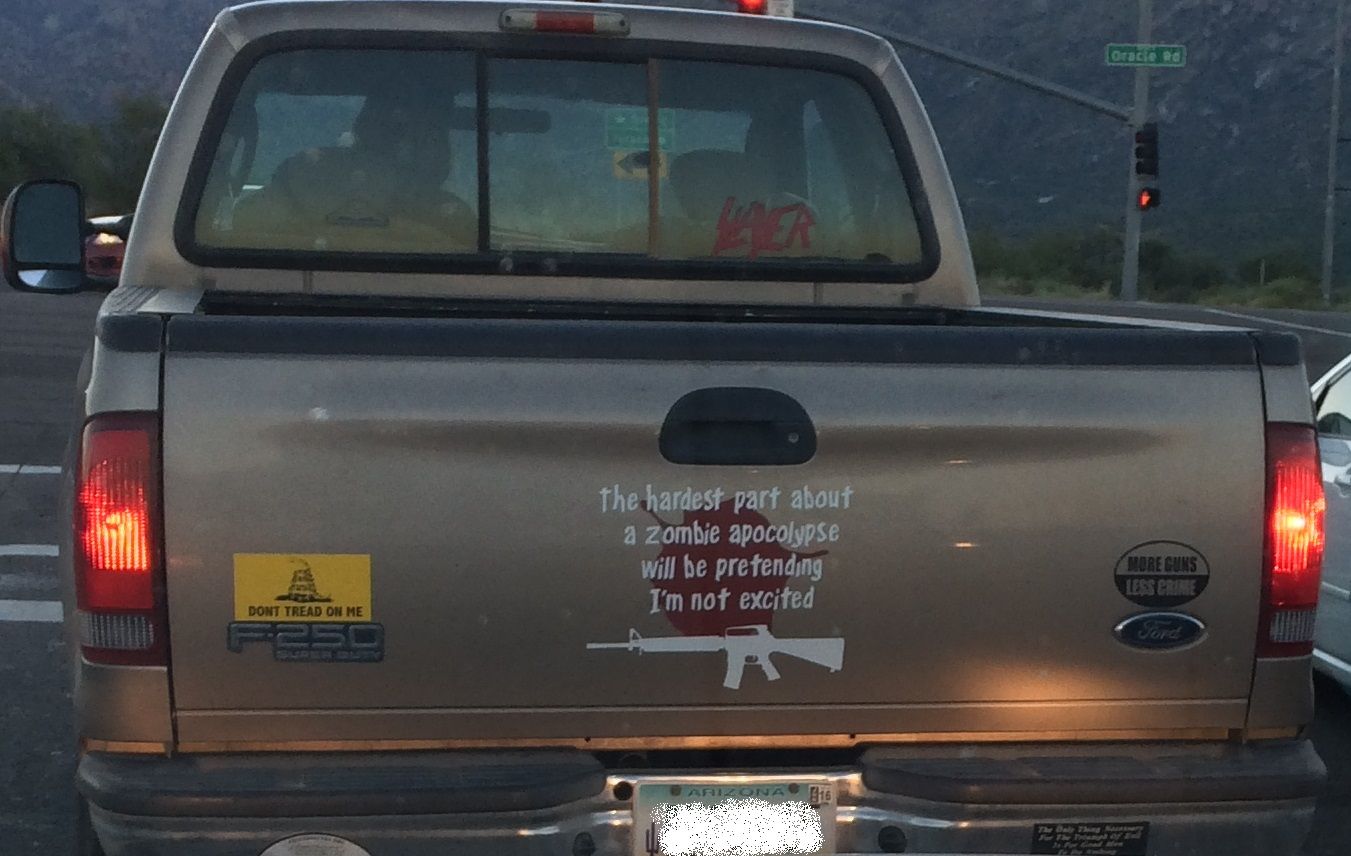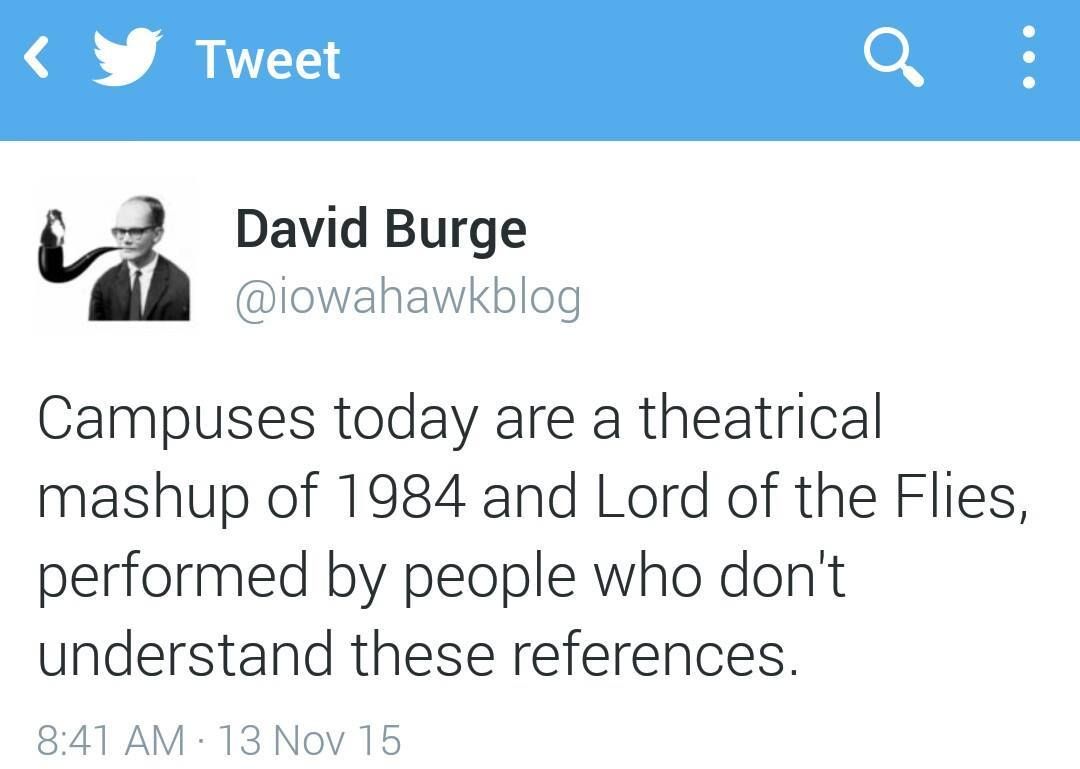As I’ve said here and on other fora, if you really want to do something about homicide by firearm then you need to pay attention to who’s doing the killing, who’s doing the dying, and where it is taking place. ProPublica has an article out, How the Gun Control Debate Ignores Black Lives, on this topic, and the title to this post is THE pullquote from it.
Some other choice selections:
In 2012, 90 people were killed in shootings like the ones in Newtown and Aurora, Colorado. That same year, nearly 6,000 black men were murdered with guns.
—
Mass shootings, unsurprisingly, drive the national debate on gun violence. But as horrific as these massacres are, by most counts they represent less than 1 percent of all gun homicides. America’s high rate of gun murders isn’t caused by events like Sandy Hook or the shootings this fall at a community college in Oregon. It’s fueled by a relentless drumbeat of deaths of black men.
Gun control advocates and politicians frequently cite the statistic that more than 30 Americans are murdered with guns every day. What’s rarely mentioned is that roughly 15 of the 30 are black men.
Avoiding that fact has consequences. Twenty years of government-funded research has shown there are several promising strategies to prevent murders of black men, including Ceasefire. They don’t require passing new gun laws, or an epic fight with the National Rifle Association. What they need — and often struggle to get — is political support and a bit of money.
—
Lost in the debate is that even in high-crime cities, the risk of gun violence is mostly concentrated among a small number of men. In Oakland, for instance, crime experts working with the police department a few years ago found that about 1,000 active members of a few dozen street groups drove most homicides. That’s .3 percent of Oakland’s population.
—
Two weeks after Obama unveiled his plan, (Pastor Michael) McBride and dozens of other clergy members, many of them from cities struggling with high rates of gun violence, met again with staffers from Vice President Biden’s task force.
The mood at the January 29 meeting was tense. Many of the attendees, including McBride, felt the president’s agenda had left out black Americans.
“The policy people working for Biden worked with the reality of Congress,” said Teny Gross, one of the original Boston Miracle outreach workers who now leads the Institute for Nonviolence Chicago. “What they were proposing to us was very limited and was not going to help the inner city.”
Gross said he “blew a gasket.” The clergy members in the room were pleading for help. “We bury hundreds of kids every year in the inner city,” Gross recalled them telling the administration representative. “Some of the solutions need to apply to us.”
A staffer said that the political will of the country was not focused on urban violence, several ministers who attended the meeting recalled.
“What was said to us by the White House was, there’s really no support nationally to address the issue of urban violence,” said the Rev. Charles Harrison, a pastor from Indianapolis. “The support was to address the issue of gun violence that affected suburban areas — schools where white kids were killed.”
The Rev. Jeff Brown, from Boston, was angered by the administration’s calculated approach. “When you say something like that and you represent the President of the United States, and the first African-American President of the United States, you know, that’s hugely disappointing,” he said.
It would seem that Obama’s a huge disappointment to a lot of people.
RTWT. And especially the comments.


